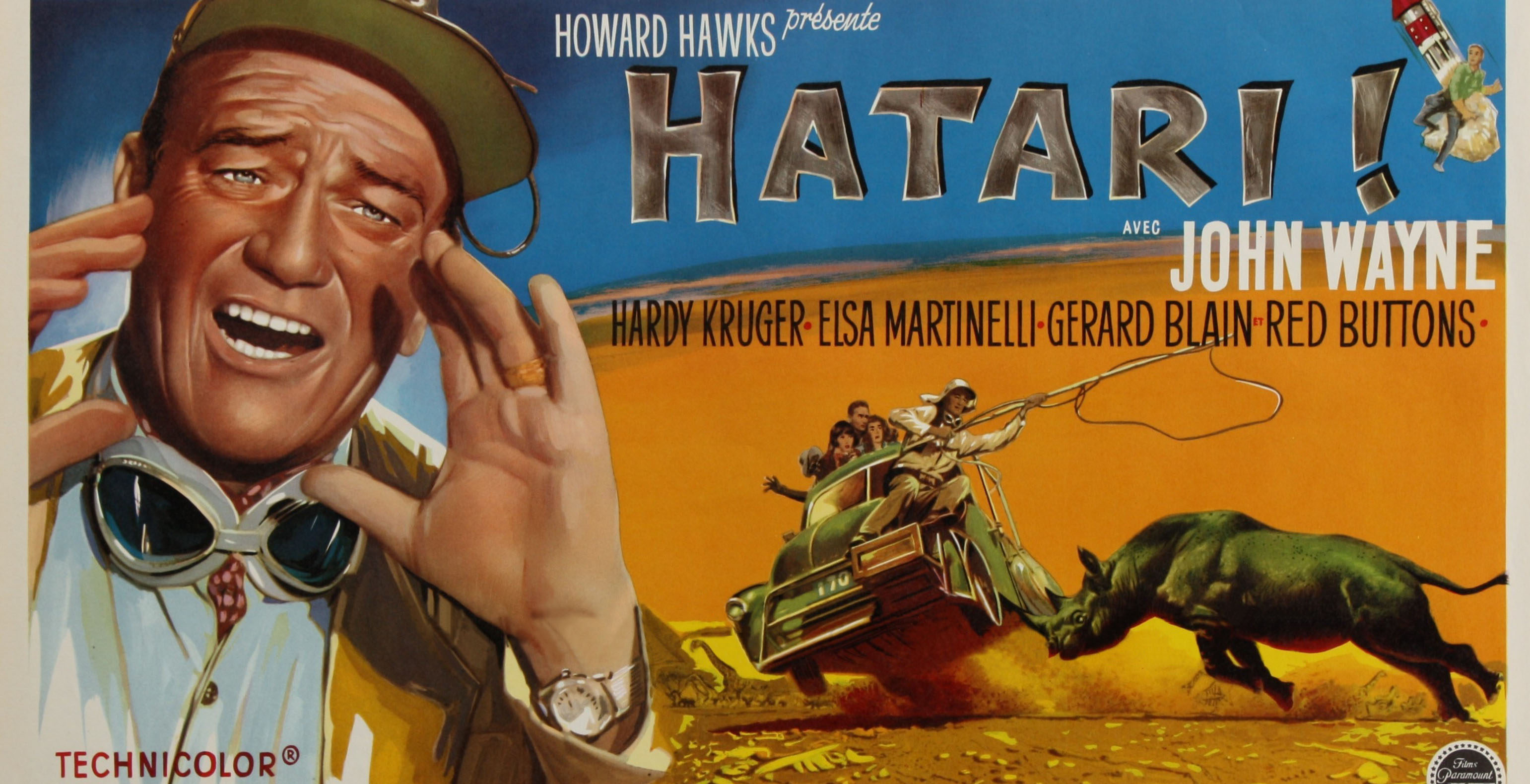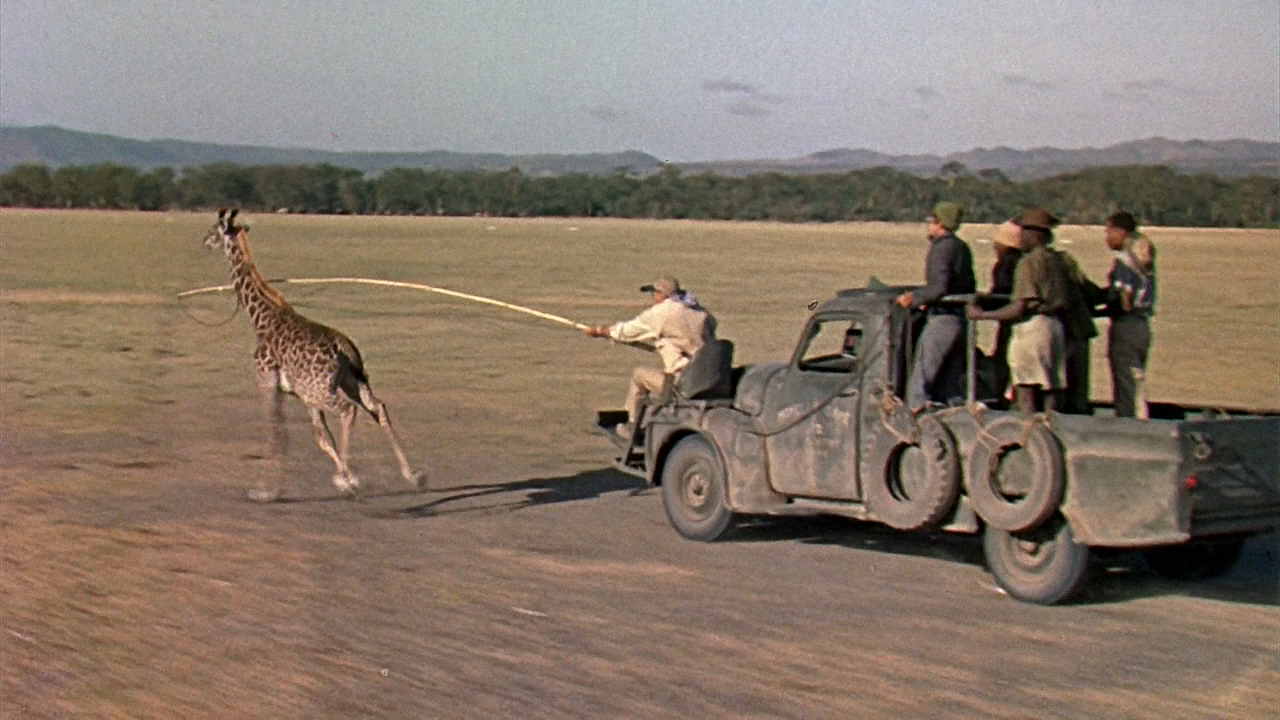
Critic Dave Kehr had once dissected and broken down a long-echoed division of directors which has placed them in different camps based on the jobs they held before moving behind the camera. Billy Wilder and Preston Sturges began as writers; as directors, they tend to emphasize sharp and crisp dialogue from strong characters. Don Siegel and Hal Ashby were editors whose later work was influenced by cutting. Alfred Hitchcock and Vincente Minnelli were art directors; their films, consequently, emphasized the expressive qualities of decor.
It should be no surprise that Howard Hawks, a former writer turned director, is the man who directed the His Girl Friday, a film whose dialogue was delivered at 240 words a minute (normal rate of verbal dialogue in most films is around 90/min). Hawks had continued to make more classic films in a wider variety of genres than just about any other director. His freewheeling approach to directing enabled him to turned mediocre scripts into gold and all a good movie was to him was “three good scenes and no bad scenes.” But even he had his work cut out for him with Hatari, the 1962 action/adventure romantic comedy featuring dramatic wildlife chases set against the scenic backdrop of Mount Meru. “There wasn’t much story,” he once admitted. “I accept anything anybody says about it.”
In lieu of story, Hawks opted for a number of exciting scenes the likes of which had never been seen on-screen before. From the start, he knew he wanted a movie about a crew who catch animals in Africa for zoos and originally planned to cast Clark Gable and John Wayne in the film, shortly before Gable’s death.
Shot on location in the wilds of Tanganyika (now Tanzania), Wayne and his co-stars tear through the plains after rhinos, zebras, elephants and giraffes by truck. Depending on the size of the animal, a rider with a rope noose can snag an animal by the head or have another vehicle act as a herding car to lead the animal back towards the catching truck. Humane societies at the time should’ve been pleased to know that no shots were fired and each animal that was in-fact captures was treated as cherished and precious assets. Hatari! (“Danger!” in Swahili) was a much-needed hit for Wayne and became the 8th highest-grossing film in 1962. While it’s remembered for Henry Mancini’s score and the introduction of the memorable tune “Baby Elephant Walk,” Hatari! still remains as one of the most realistic Hollywood films ever shot in Africa.

Hatari!‘s opening sequence features a rhinoceros chase in a method now banned. With the advent of reliable tranquilizers and dart guns, there’s no longer a need to have anyone, even one as tough as John Wayne, lasso and rope an animal. The adrenaline in the actors is visible through each chase sequence. Wayne admitted being scared and “had the feeling with every swerve that the car was going to overturn as he hung on for dear life, out in the open with only a seat belt for support, motor roaring, body jarring every which-way, animals kicking dirt and rocks and the thunder of hundreds of hooves increasing the din in his ears.” Wayne felt it was unpredictable with the terrain’s hidden holes and obstacles which could have been disastrous (McCarthy, p 582). Much of the action scene audio was re-dubbed due to John Wayne’s cursing while wrestling with the animals.
The crew, led by Sean Mercer (Wayne), also consists of “Pockets” (Red Buttons), and Kurt Mueller (Hardy Kruger), whose boys club is interrupted by a beautiful photographer named Anna Maria D’Allesandro (Elsa Martinelli) who shows up to take some safari pictures on their hunts. In between chase sequences, there’s not much of plot back at the ranch with the animals in captivity, aside from the budding relationship between Mercer and D’Allesandro (called “Dallas”).
Even with Hawks’ mastery of comedy and action driving the picture, two hours and forty minutes of big game hunting may seem like too much of a good thing, but it’s the raw and strikingly visual cinematic sequences for which the film was promoted that has proven to stand out in audiences mind with such fondness. If nothing else, it still shows that even with no real plot at all, just three good scenes and no bad ones can make all the difference.
HATARI
Director Howard Hawks
Stars John Wayne, Elsa Martinelli, Hardy Krüger, Red Buttons
Running Time 2h 37m
—
McCarthy, Todd. Howard Hawks: the grey fox of Hollywood, New York, Grove Press, 1997, pg 572, ISBN 0802115985

